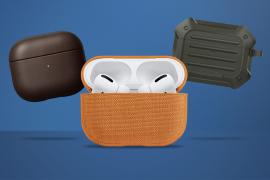Green age riot: The best eco-friendly gadgets you’ll actually want to buy
Reusable, compostable, sustainable - these are the gadgets for a greener future
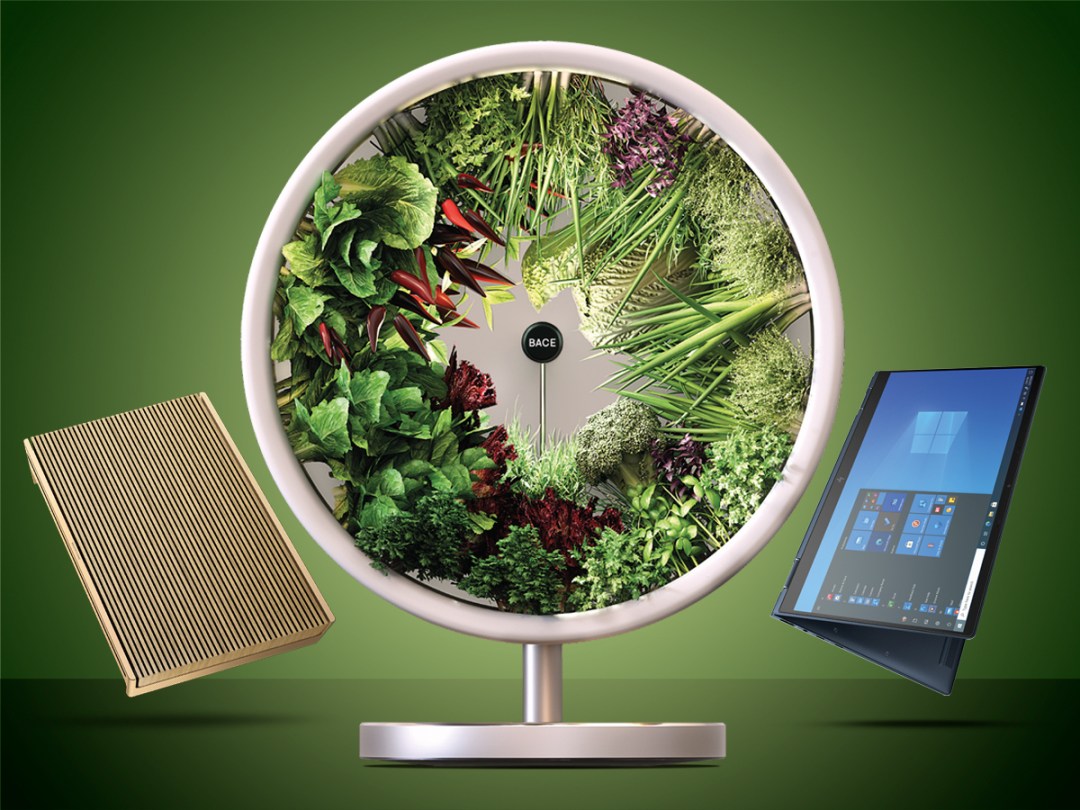
Back in the ’90s, a kids’ TV show called Bitsa showed us we could create cool things from household waste and Sellotape. And now?
Maybe the world of tech is finally ready to give us eco-friendly gadgets that aren’t just worthy, but worth having.
HP Elite Dragonfly G2 (£1699)
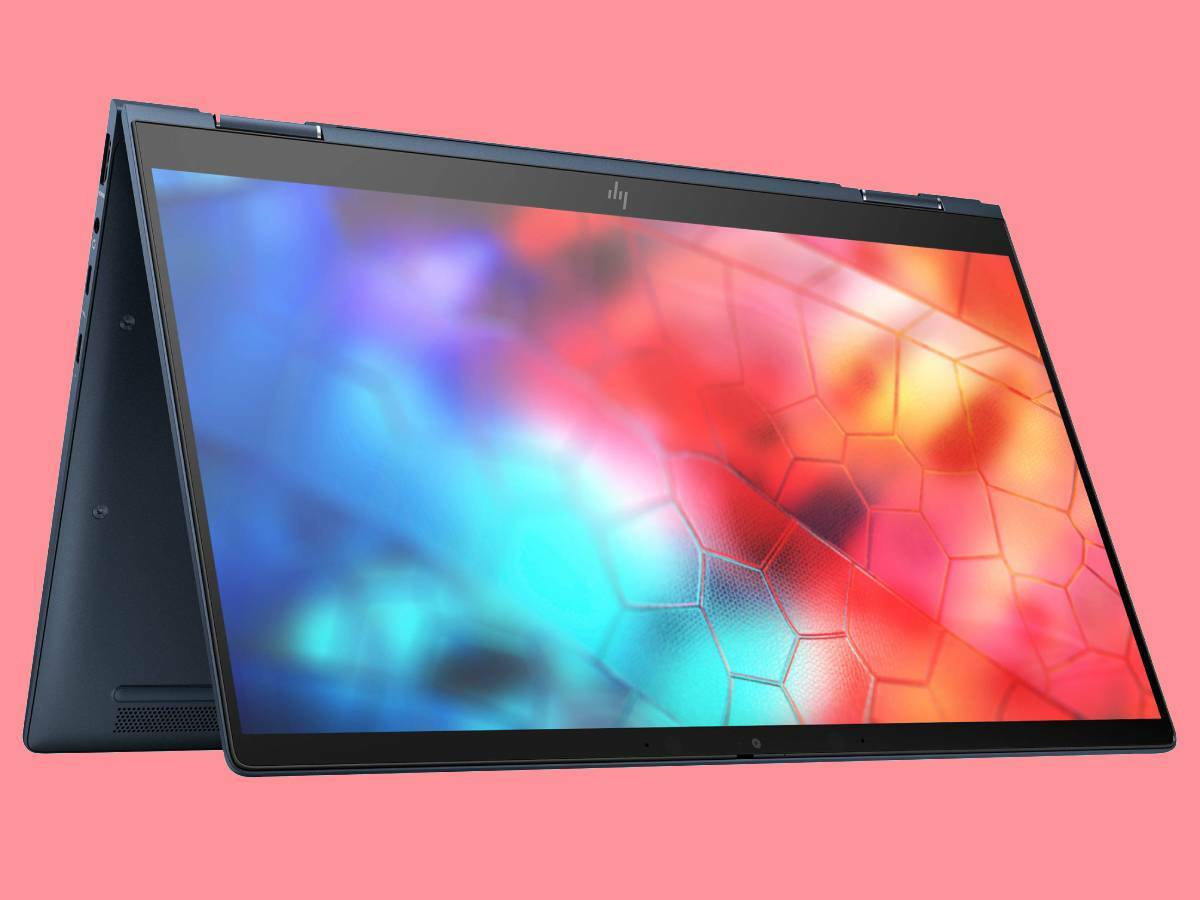
HP has been ahead of the curve with recycled materials: the computer giant used waste plastic picked by the people of Haiti in its ink cartridges as early as 2016. But it’s the undeniably handsome Dragonfly series of hybrids and laptops that are now stealing the sustainable show.
Sure, it’s latest-generation 13.3in Dragonfly G2 gets new 11th-gen Intel chips and 5G; but more importantly than that, over 80 % of all mechancial parts are made from recycled materials, including the speakers and the keyboard. HP uses ocean-bound plastic – which, for clarity, isn’t plastic pulled from the sea, but irresponsibly discarded waste that was heading there. It’s committed to using 30 % recycled materials in all its personal and printing products by 2025, leading it to be named America’s most responsible company of 2021 by Newsweek – followed, interestingly, by four other computer firms.
The Elite Dragonfly G2 is a premium do-it-all convertible laptop sitting between HP’s Spectre and EliteBook ranges. The chassis is actually made from magnesium, so it’s lighter than 1kg; and aside from the 30 % -faster CPU, an Iris Xe GPU gives the graphics an 80 % boost.
Also new for 2021 is a ‘Max’ edition aimed at remote workers (hello, everyone?) with a 5MP webcam, extra mics, HP Elite Earbuds included and a privacy screen as standard to hide OnlyFans from your mum.
Sony XR X90J (£tbc)
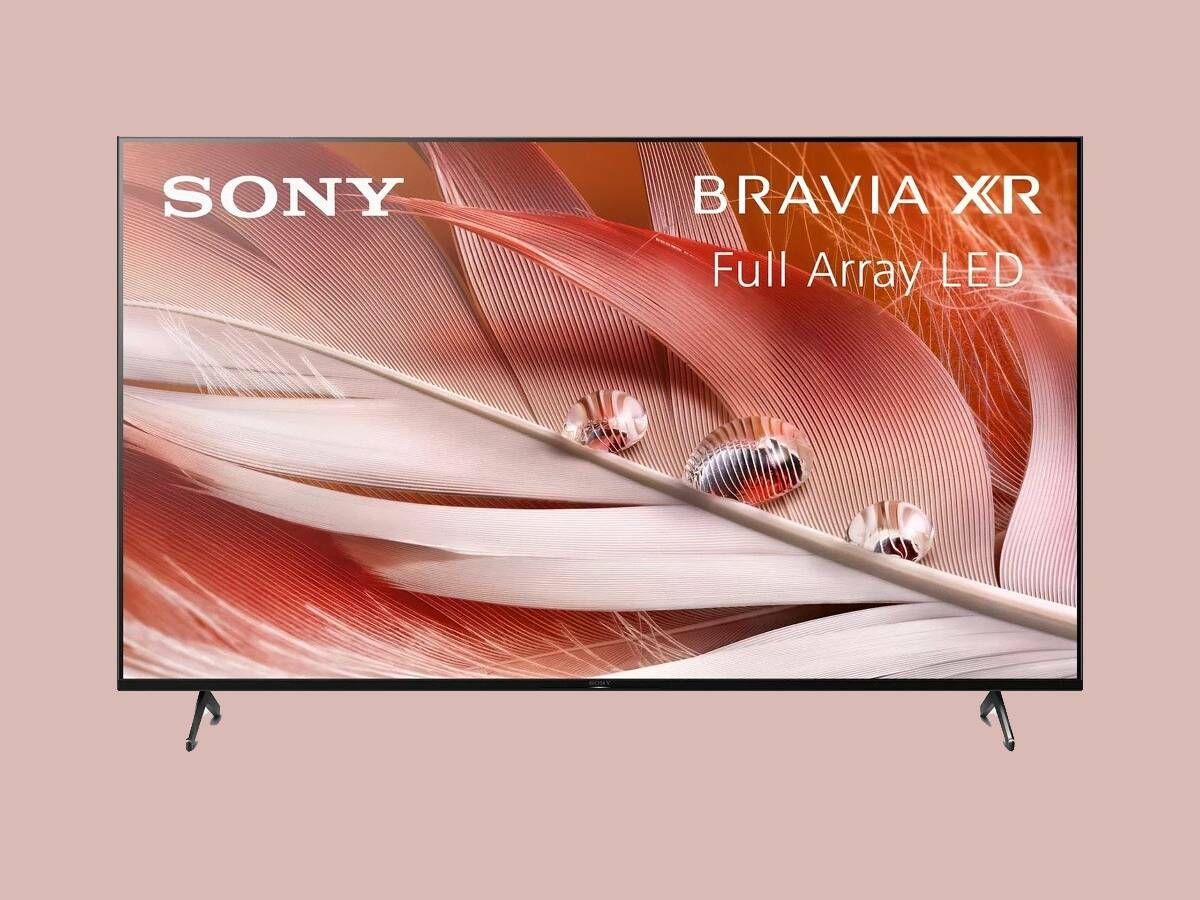
Sony has been steadily increasing the use of its own trademarked recycled plastic, called Sorplas, since 2010. Going a giant leap further on a number of its 2021 TVs, the company claims an industry-leading recycle rate of 89 % in its components too.
Sorplas is used inside and out on the X90J, a 4K LED TV replacing last year’s lauded XH90, but it’s the largest surface area of the back cover that’s most noticeable… or not, if you watch television the right way round. Sony says Sorplas has reduced the amount of virgin plastic by half compared with previous models. It uses ‘external air injection’ to keep things structurally sound, but also extra-light to help with shipping (and your back).
The X90J sits near the top of Sony’s new LED line-up and is available in four sizes, from 50in to 75in. Notable additions include a switch from Android TV to the new Google TV platform – but before you scoff about the big G getting all its own way, the X90J is also compatible with AirPlay 2 and HomeKit. Dolby Vision and Dolby Atmos are both present, and it’s Netflix Calibrated – ensuring Sir David’s eco documentaries look and sound more harrowing than ever.
Fantastic Plastics
From specially engineered reusable plastic to compostable cases and sustainably sourced precious materials, desirable gadgets don’t have to be planet-killers.
Plastic waste makes up 85 % of the pollution on beaches around the world, and every year the UK alone throws away 300 million kilos of flexible plastics. That means things like supermarket shopping bags, bubblewrap, food packaging and pallet wrapping that are not accepted by councils for recycling.
We recycle just 50 % of plastic packaging, so what makes brands like Gomi (see below) so important is that they stop flexible plastics being incinerated and releasing poisonous gases into the air. The company has even gone a step further by making its products repairable and recyclable all over again. Fortunately more and more product designers are starting to take this route, but it needs big business to take note.
Apple MacBook Air (M1) (£999)
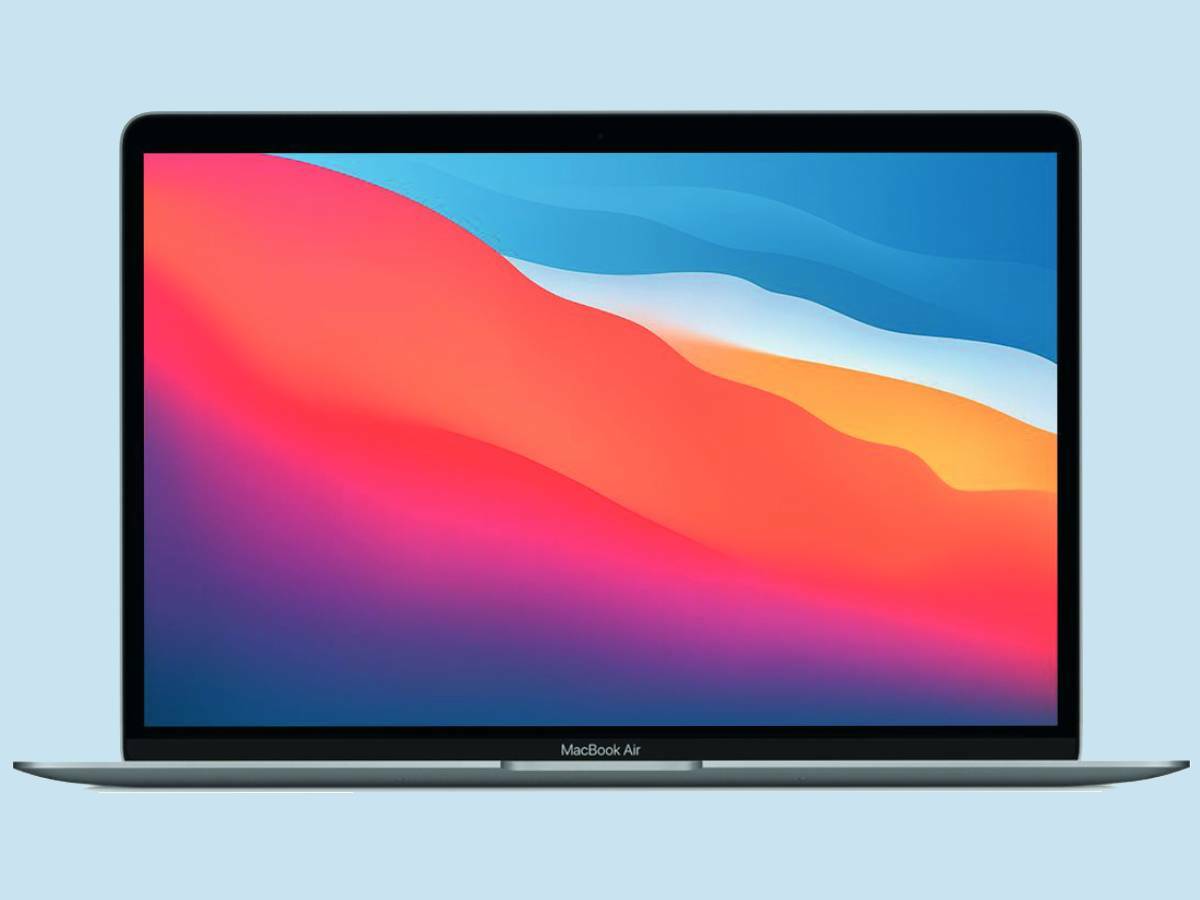
We’ve written loads about the performance merits of our 2020 Gadget of the Year, but Apple’s latest Air is also its greenest yet, with a 100 % recycled aluminium enclosure, 100 % recycled tin in the solder of the main board, and components free from nasty chemicals.
Samsung S21+ Kvadrat Cover (£29)
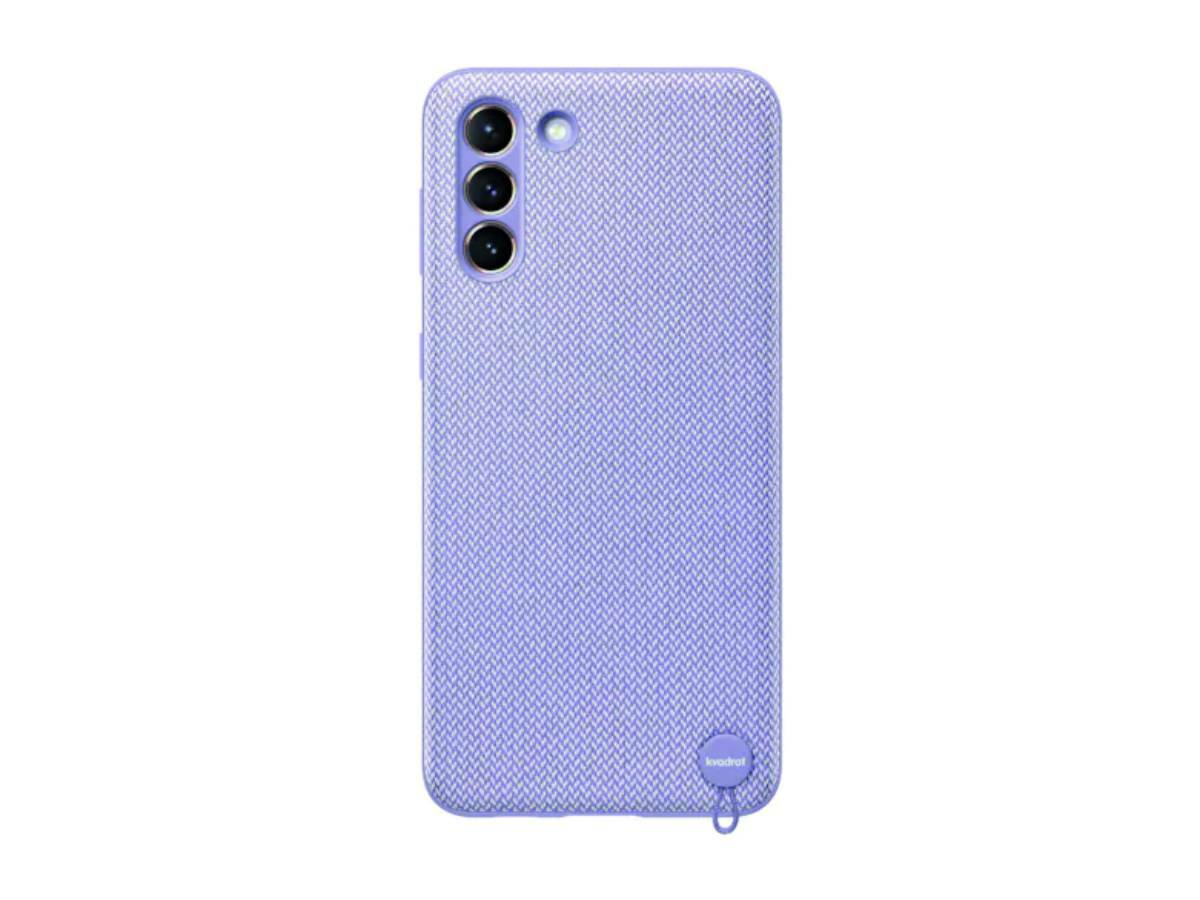
Like charging leads, phone cases present a potential mass of discarded plastic. Compostable covers are a real step forward, so it’s great to see Samsung’s Kvadrat textile case is not only made from recycled plastic bottles but also 100% compostable.
Gomi Speaker (£99)
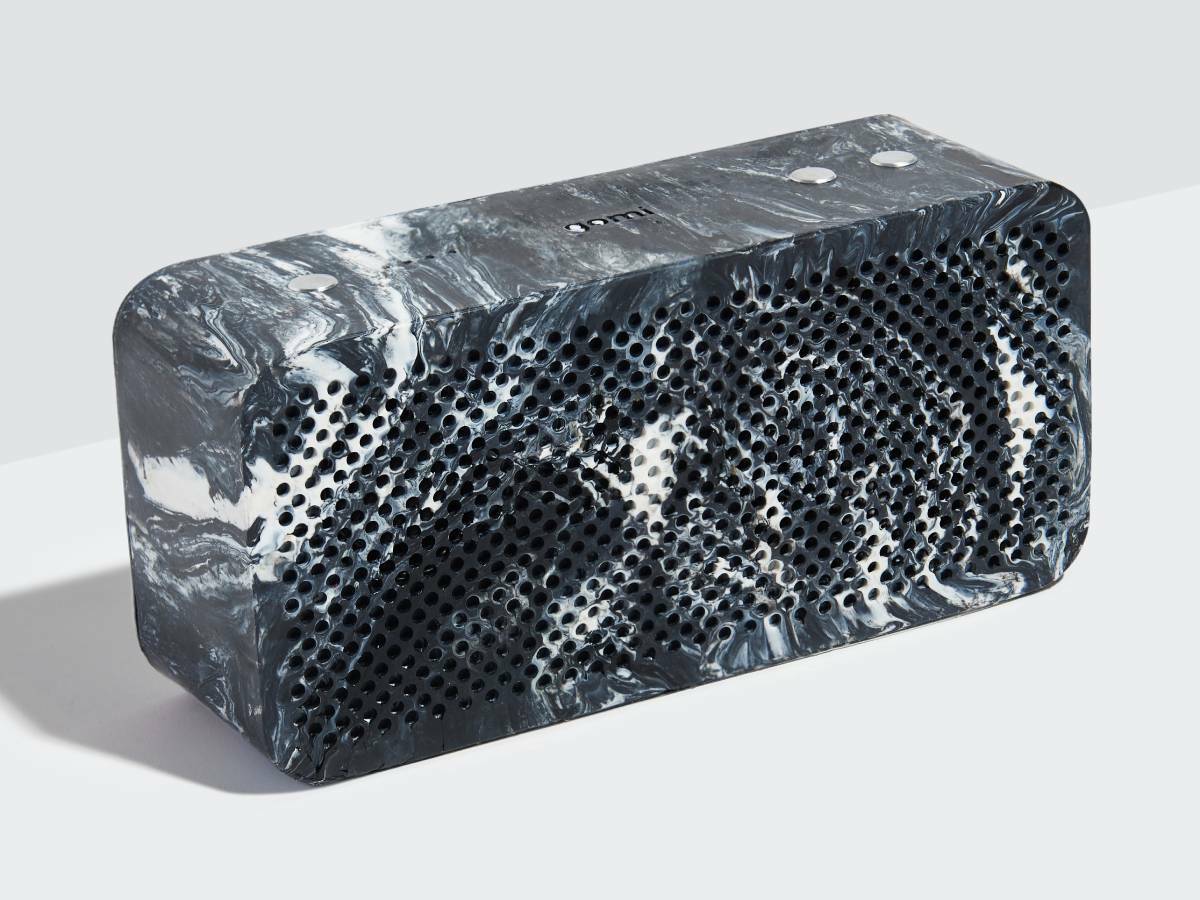
Brighton-based Gomi has already made wireless chargers and powerbanks from local waste, but now it’s launched a crowdfunder campaign for the ‘world’s first portable speaker made from non-recyclable waste’. The marble effect comes from the equivalent of 100 plastic bags, meaning each example looks unique, while the 25W speaker is built with modular components and gets 20hr battery life from reborn e-bike cells.
See Sense Icon2 (£80)
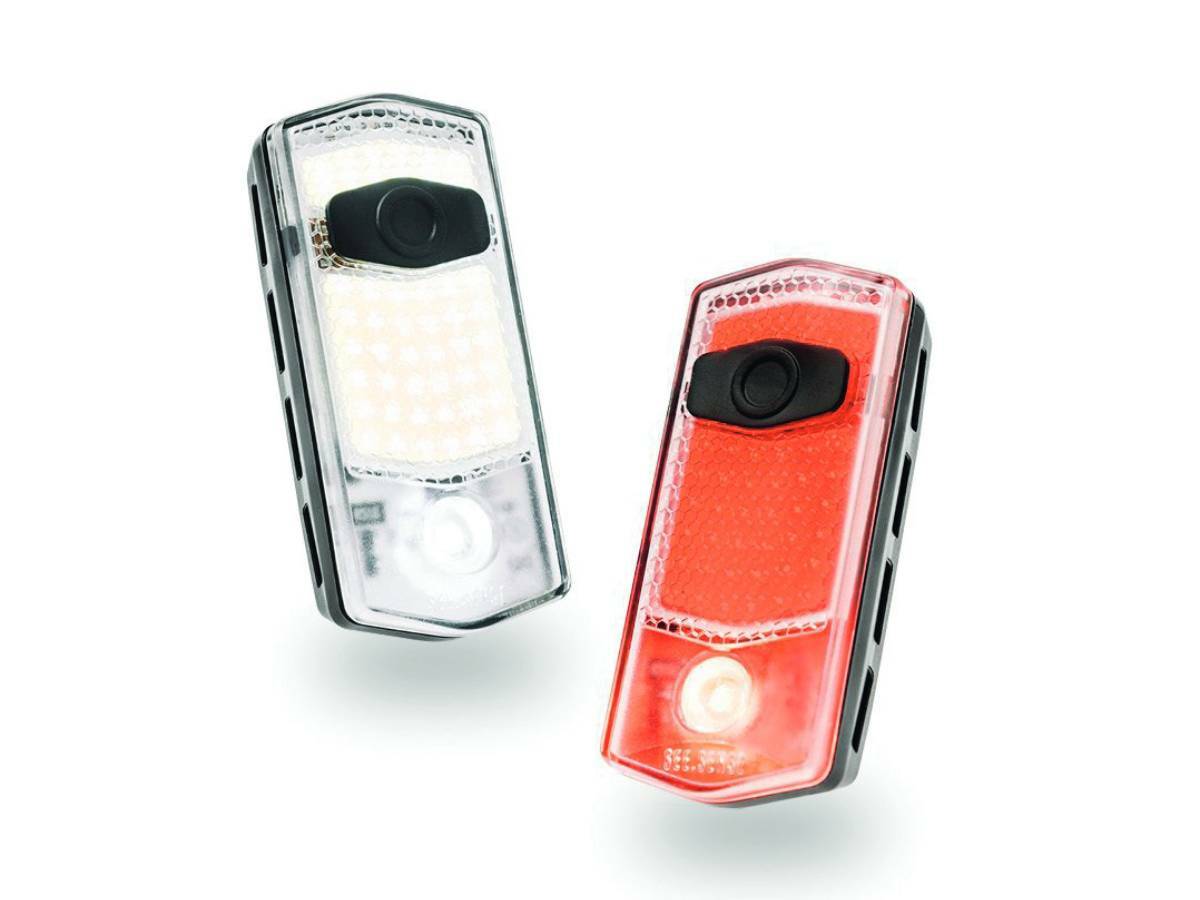
See Sense reckons you’ll be visible from up to 3km away with its reactive 300 and 400-lumen LED lights, where automatic pulses at junctions ensure you’re a right flashy git. Trade in old lights regardless of brand for money off, while See Sense will plant a tree for each purchase.
Bureo Ahi ($195)
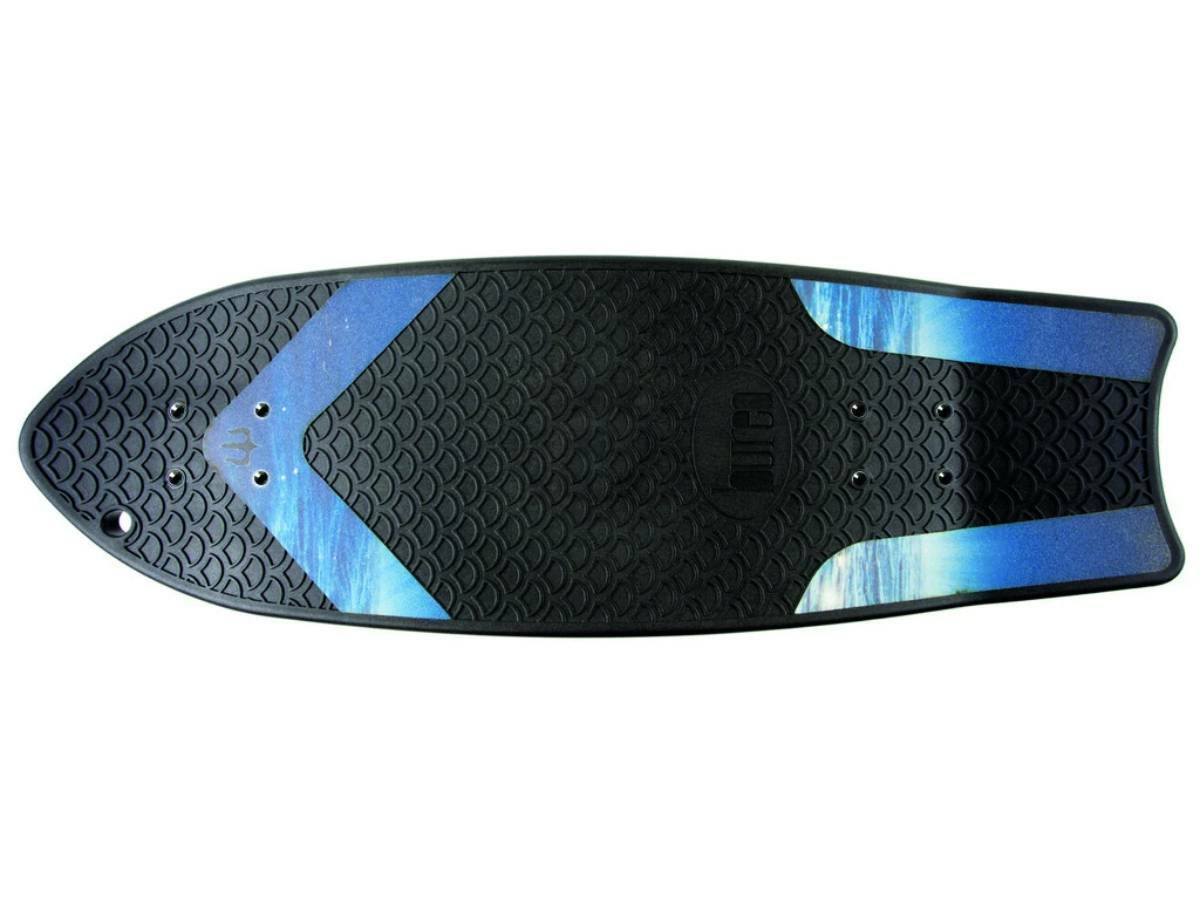
Enjoy the sweet smell of your own farts safe in the knowledge your hipster getabout is a 27in-long ‘performance cruiser’ skateboard made from recycled fishing nets. Made in California, the Ahi is a collaboration with Carver Skateboards and built for a lifetime of pestering motorists.
SWEETER KEEPERS
Repairable and upgradable kit is helping to create a closed-loop circular economy where one day we might continually reuse things rather than throw them away.
Think of the current industrial economy as a straight line that starts by dragging precious materials out of the ground, turning them into something valuable we buy, and ends with us throwing it away.
The circular economy bends that line into a continuous loop where products or materials are given a new lease of life. The thing is, building in sustainability from the start of a gadget’s life is really the only way. That forms part of a campaign being led by the Circular Design Guide and the Ellen MacArthur Foundation.
As it stands, globally discarded e-waste has a potential annual value of $62.5 billion from its precious materials alone, including gold, silver, copper, platinum, tungsten and indium. Madness, isn’t it?
AIAIAI TMA-2 (£130)
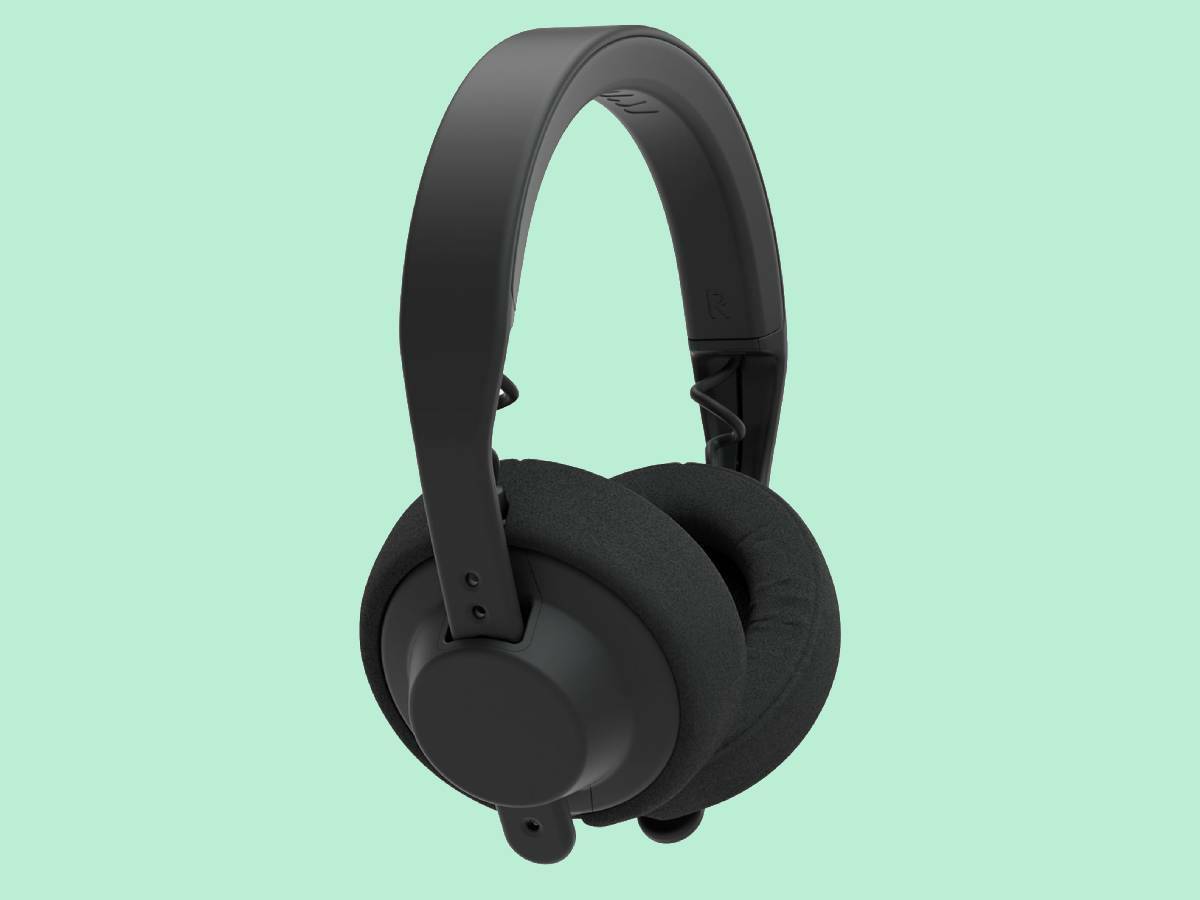
At the risk of turning into Trigger’s broom from Only Fools and Horses, the TMA-2 headphones are designed so the speaker units, earpads, headband and cables can be continually swapped out to suit your style and sound preference. There’s an online configurator for building your perfect cans from scratch, or you can choose an ‘off the shelf’ pair including those tuned for DJs or hi-res home listening.
Adidas Futurecraft.loop (£tbc)
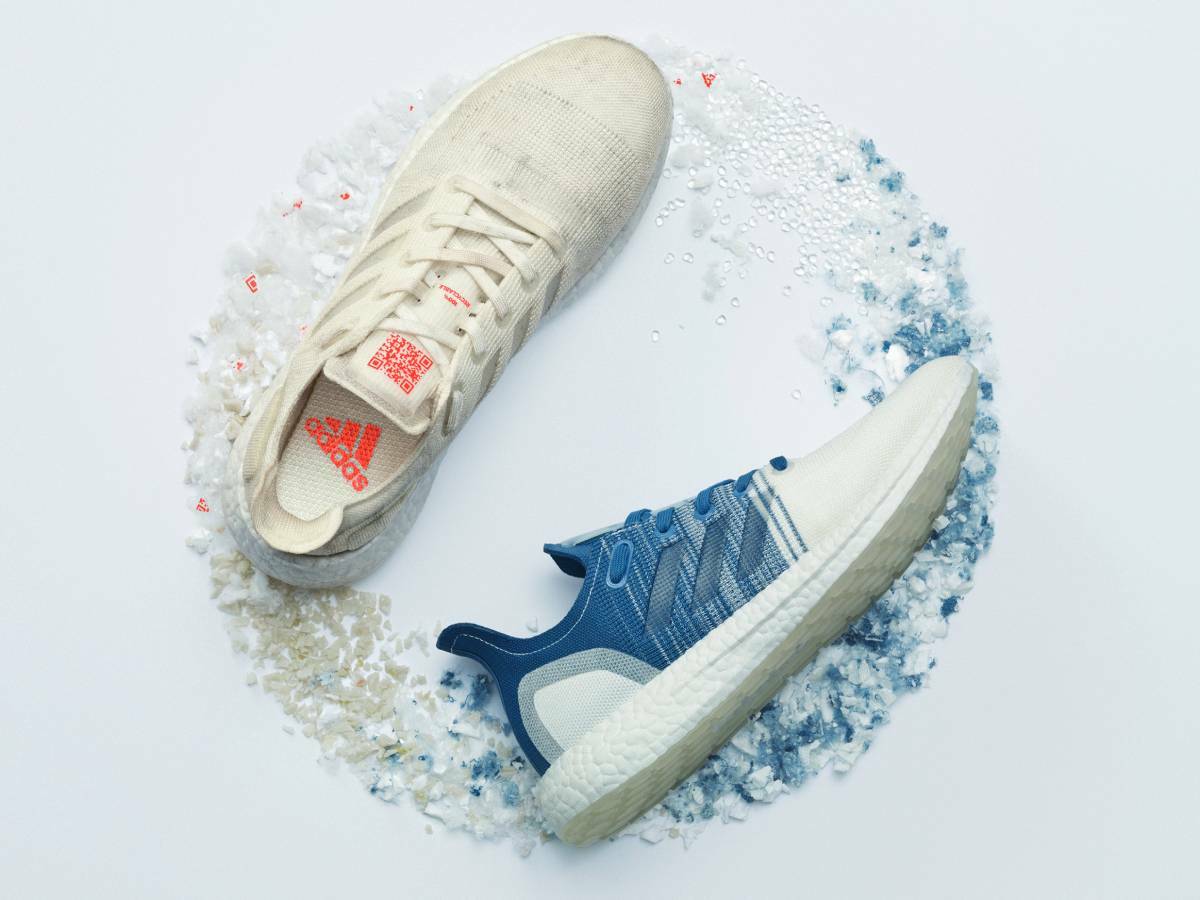
Nike’s Space Hippie series might be made from masses of waste materials, but its arch rival’s forthcoming Futurecraft.loop trainers go one step further by being fully recyclable. The glueless design is set for a wider release this spring/summer.
Small Transparent Speaker (£375)
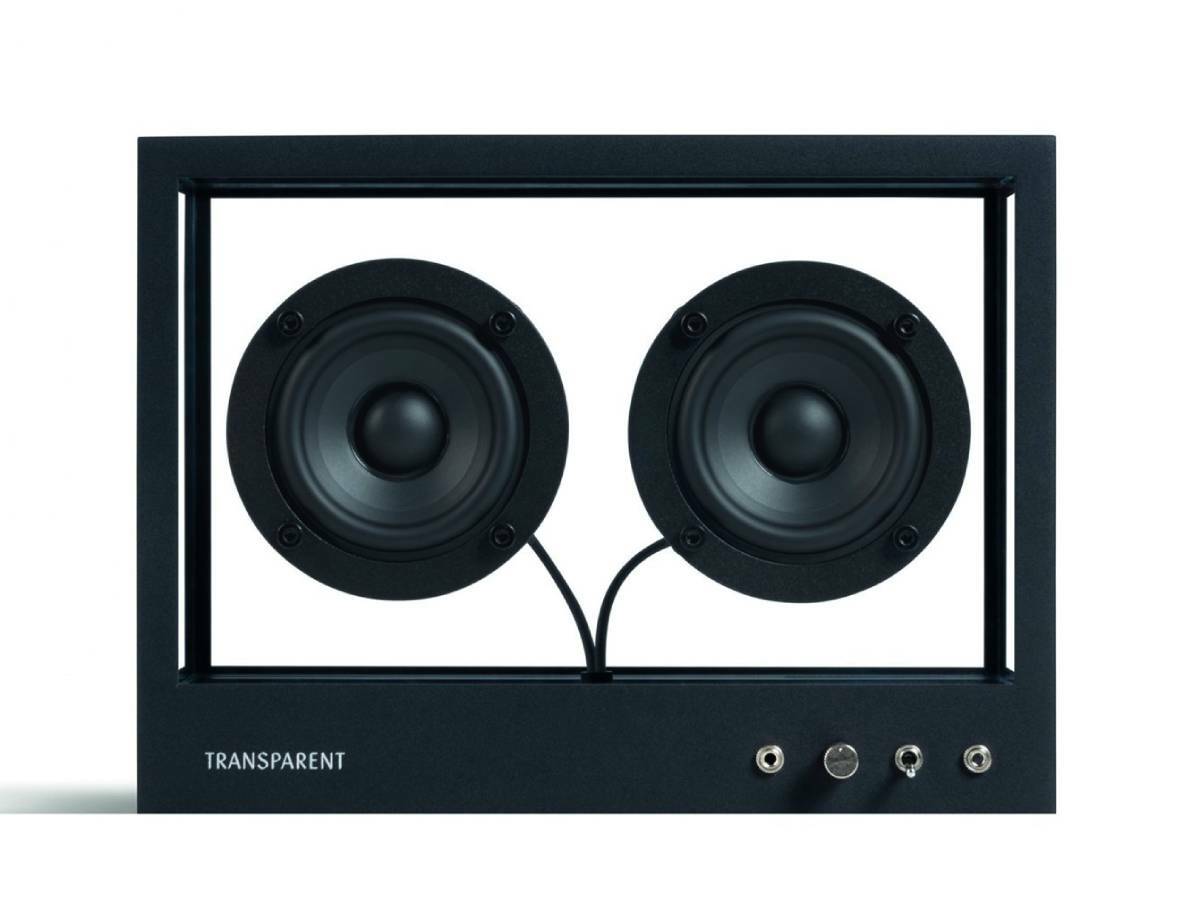
Like the B&O opposite but on a smaller scale, the Small Transparent Speaker is all about DIY upgrades as technology evolves. This 30W Bluetooth boomer is upgradable with AirPlay, Sonos, Amazon Echo and Chromecast, and has recently had a £75 price drop.
Linn LP12 (£2930)
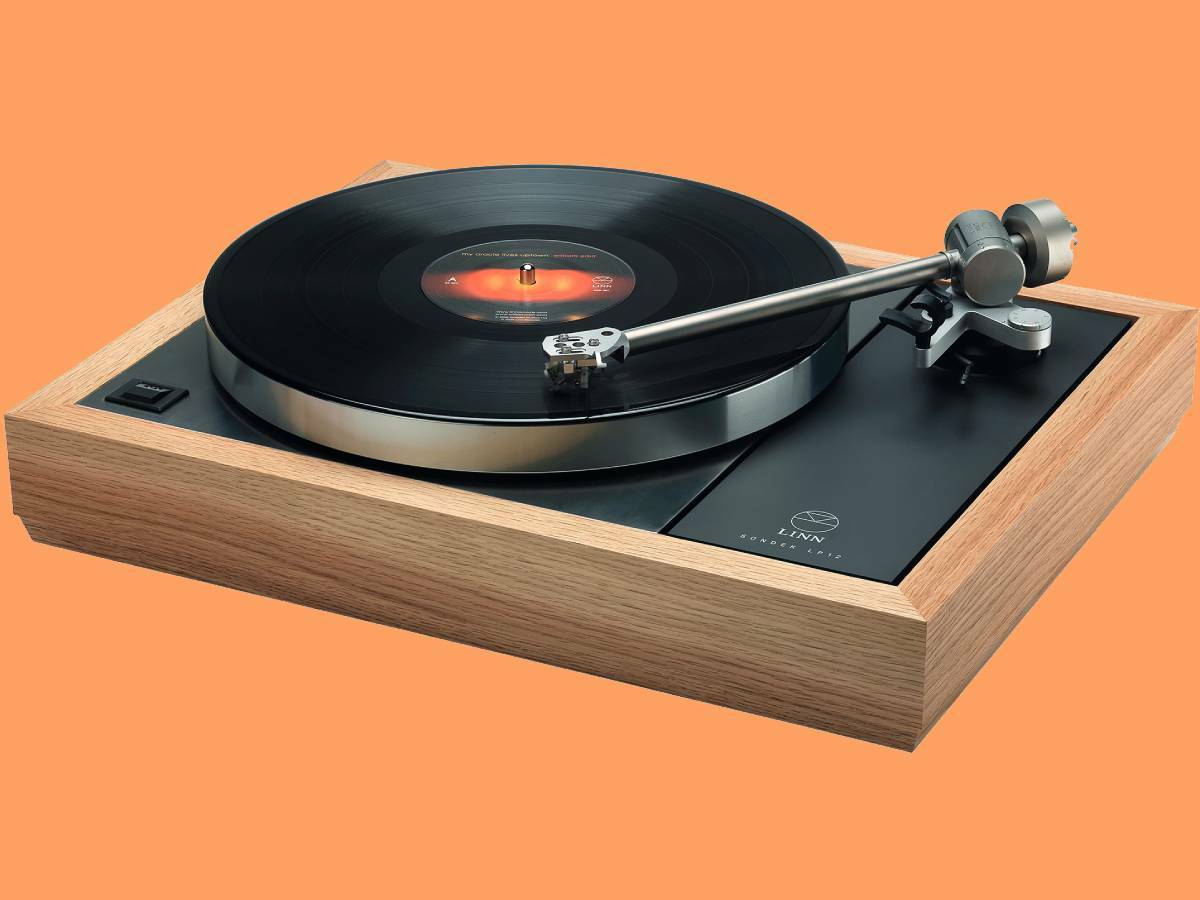
House of Marley’s Stir It Up turntable wins on affordability and sustainability, but Linn’s LP12 range for audiophiles is fully modular so you can configure a deck from the ground up with your choice of wooden finish and components. Linn will even monogram your turntable for you.
Miele Triflex HX1 Pro (£679)

This cordless vacuum sucks for two hours between charges, but is built to last far longer. Miele claims to be the only company to test its vacuums for 20 years, and keeps spare parts in stock for 15 years. It also recycles metal from old machines into new ones to create a circular dust-slurping economy.
Beosound Level (£1099)
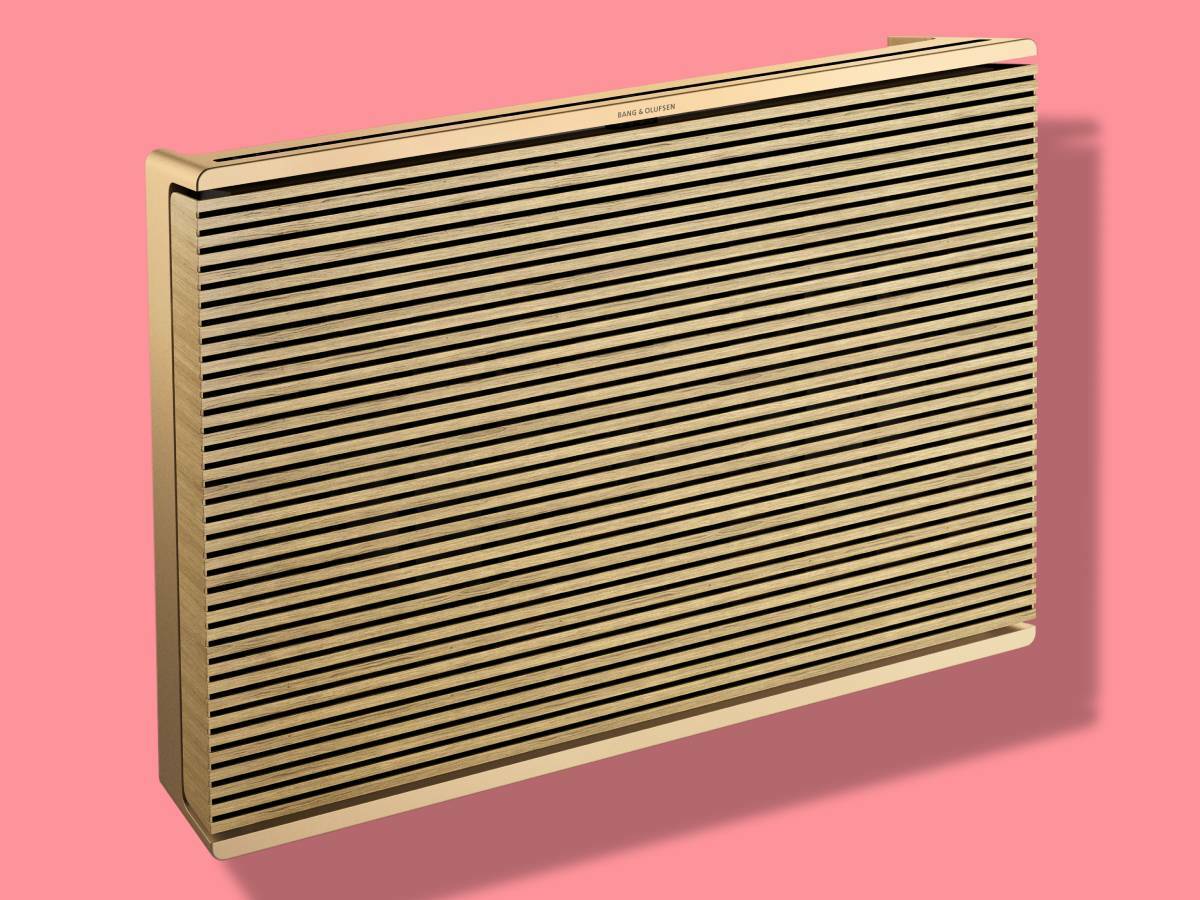
Danish stylemeisters Bang & Olufsen don’t want the new Beosound Level portable speaker to end up on the technological scrapheap in a few years, so they made it modular. To that end, the Level comes with a replaceable streaming component that can be easily swapped out for a more powerful one in the future, thus ensuring the speaker’s connectivity, processing power and features keep pace with the competition.
For now, B&O says there’s enough capacity to cope with over-the-air updates for many years to come, while perhaps just as significantly the battery compartment is also removable and upgradable. This splash-proof speaker can be wall-mounted, stood upright or laid flat on a table, automatically adjusting its output to suit its orientation.
It gets on with Spotify Connect, Chromecast and AirPlay 2, with the option of Google Assistant voice control. B&O is renowned for its considered approach to style and sound quality; and while the Level is a luxury buy, at least the company has recognised the importance of the circular economy. Hopefully that philosophy will filter down to its more affordable kit.
Rotofarm (£370)
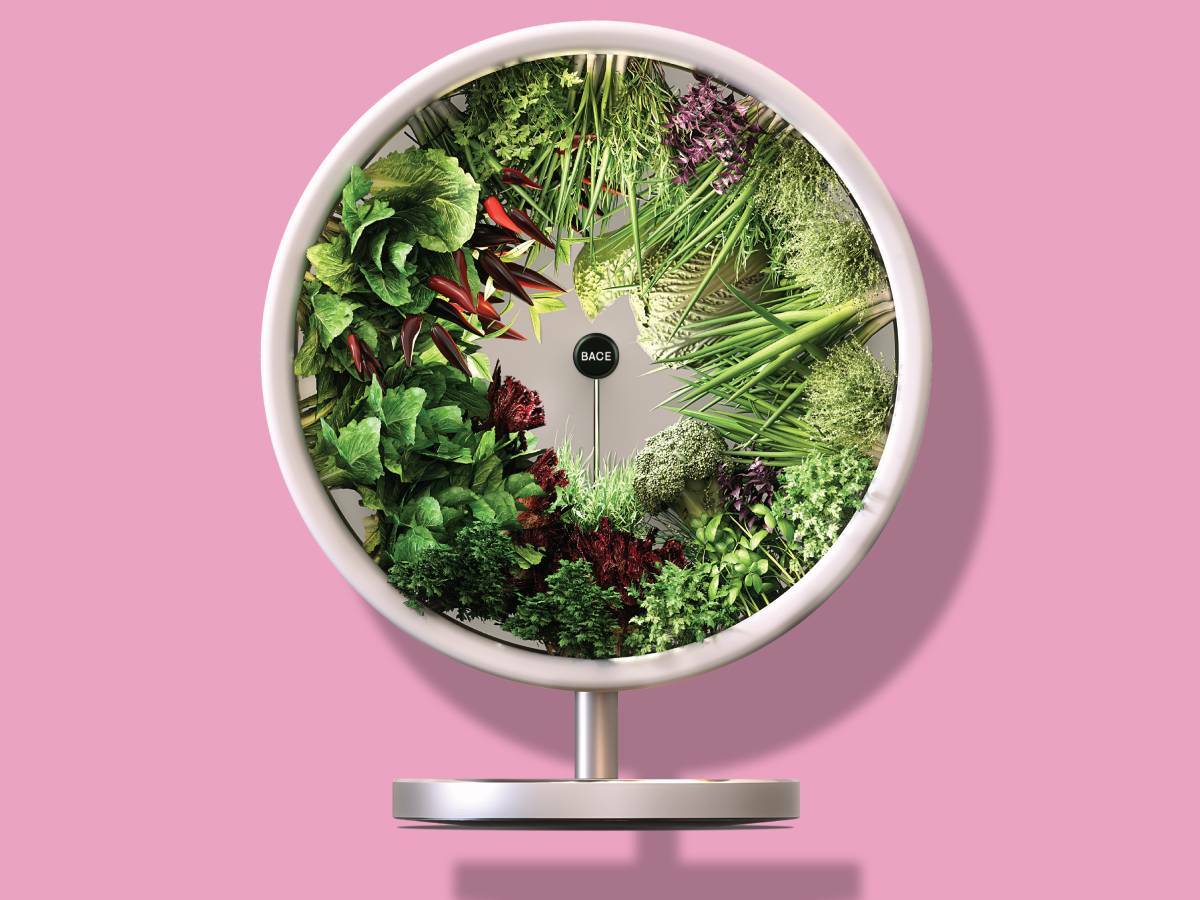
Among the many problems with Tom and Barbara’s dream of suburban self-sufficiency in ’70s British sitcom The Good Life was the fact that they had to quit their day jobs… yet still be able to afford a house with a massive garden, and buy a pig. Millennials, there is another way, and it starts with an indoor garden.
Inspired by NASA, the Rotofarm rotates 360° around an LED light tube that mimics sunlight every 46 minutes. Why? Because crops hanging upside-down do away with gravity that can restrict growth. The makers do believe vegetables living in net zero gravity grow faster and more plentifully. The system uses biodegradable seed pods made from coconut fibre to grow everything from wheatgrass to kale, plus things normal people eat, like spinach and lettuce.
Its Tardis-like design means you’re getting your own 5.2ft farmbed that takes up just 15in on the kitchen worktop – and it’s all housed in an anodised aluminium chassis that looks way less messy than anywhere you could keep a pig.
ATTAINABLE SUSTAINABLE
Apple has disassembly robots called Daisy and Dave (somehow it’s always Dave) working in a lab in Texas to remove components, rare-earth elements and other materials from old gadgets that it can reuse in new devices. Nice, but is this just an expensive marketing ploy?
Well, we told you earlier that America’s top five most responsible companies were all tech firms – step forward HP, Nvidia, Microsoft, Cisco Systems and Qualcomm. Apple comes 44th on that list, which is a big leap from last year’s score of 259th; but order that list by environmental score and it shoots up to seventh.
With Samsung now sticking solar panels on its TV remotes, it does start to feel like the movement has finally begun.
Here are some of our favourite innovations doing more with less to balance global environmental sustainability and self-sufficiency – with help from Mother Nature.
Fairphone 3+ (£399)
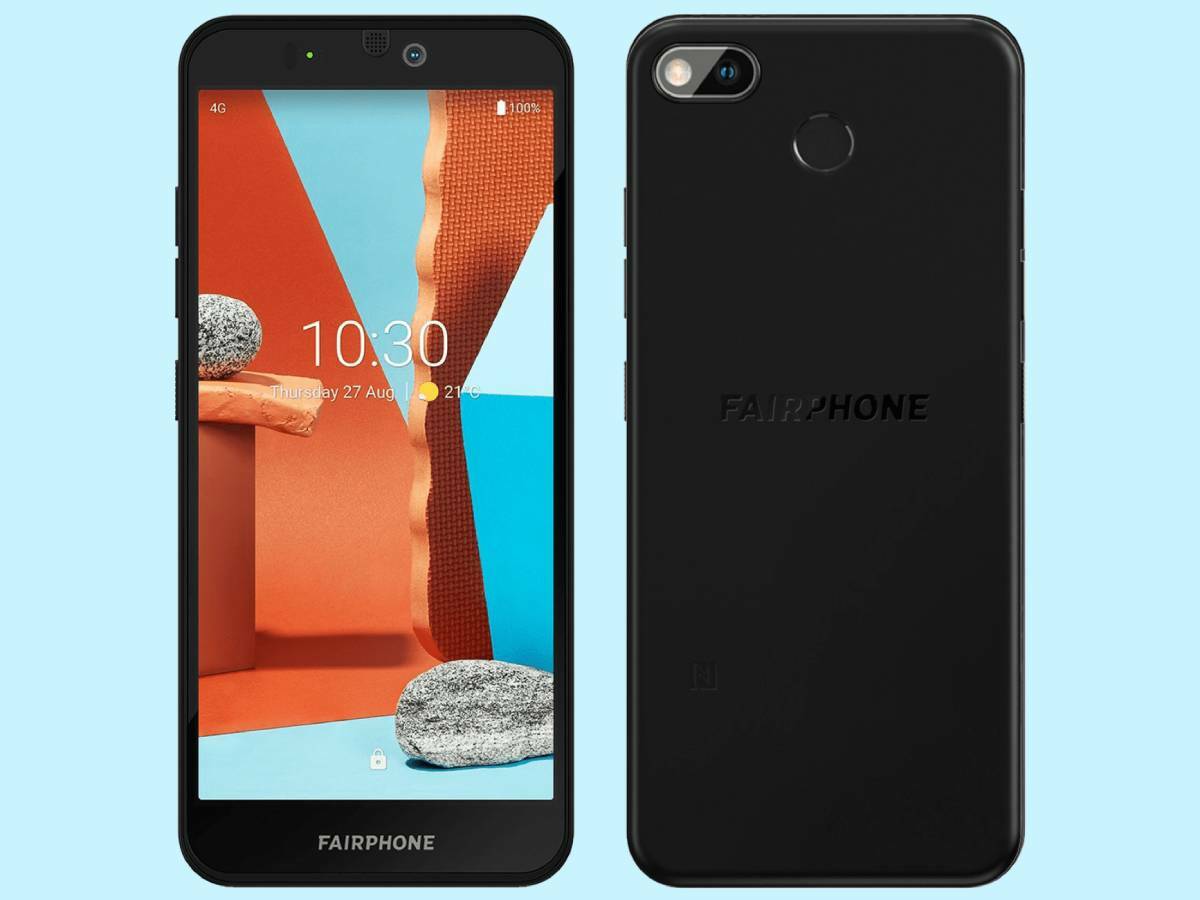
Mobile phones require raw natural minerals, but Fairphone monitors its supply chains so they’re at least responsibly mined and conflict-free, reducing pollution and dangerous working conditions. Its latest is a 5.65in Android with a 48MP rear camera, 64GB of storage, 4GB of RAM, NFC and Bluetooth 5. Join carbon-negative network Honest Mobile and you’ll get unlimited smugness to go with your data plan.
Korvaa (£tba)
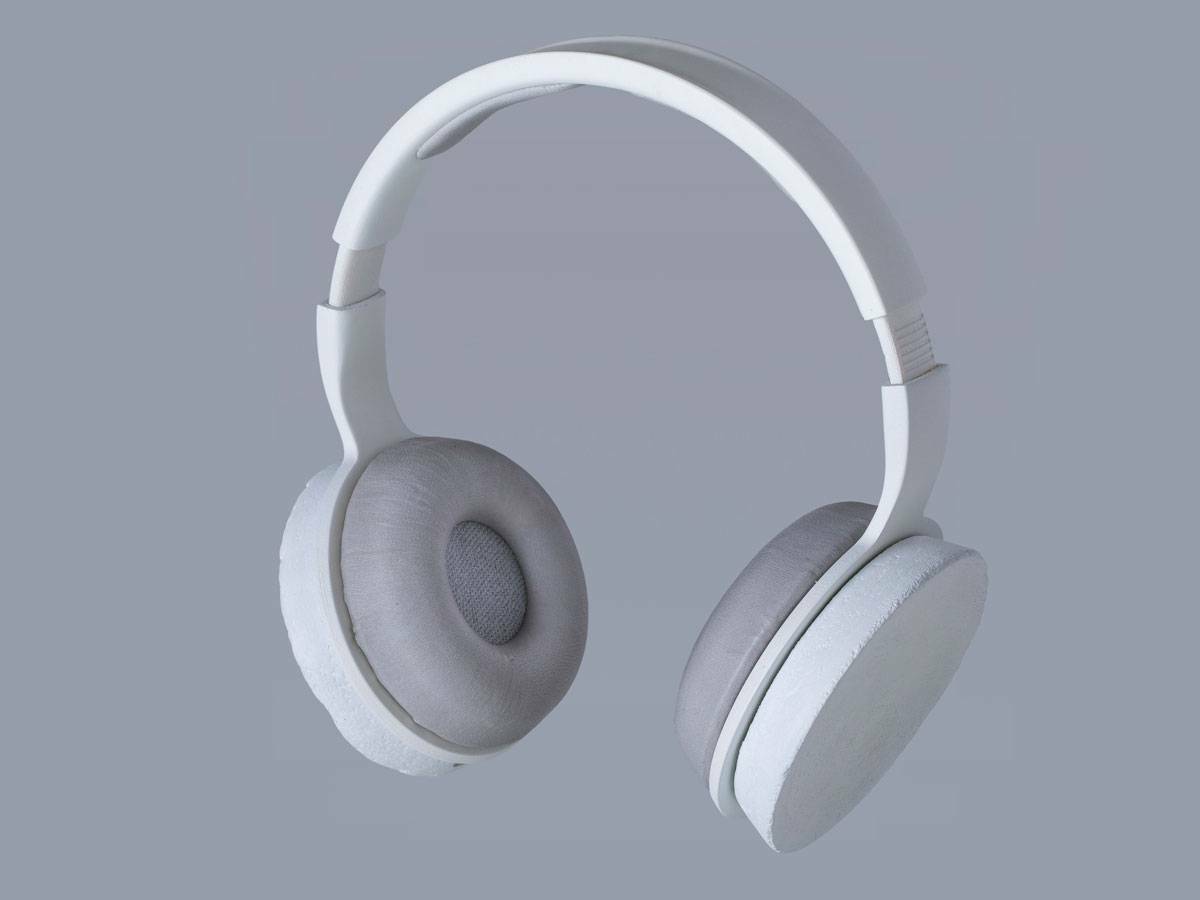
OK, so it’s just a science experiment for now, but there are plans to turn these headphones made from mushrooms into a real product. We say mushrooms, we mean fungal mycelium replacing leather, but they’re also made with sustainable foaming proteins and biosynthetic spider silk.
Fjallraven Samlaren (€279)

Samlaren is Swedish for ‘the Gatherer’, and so Fjallraven has launched a new capsule collection made from leftover fabric. The colourful caps, totes, backpacks and jackets are made from the company’s densely woven G-1000 material, in a test run for its sustainable future.
Marjan van Aubel Current Table 2.0 (£poa)
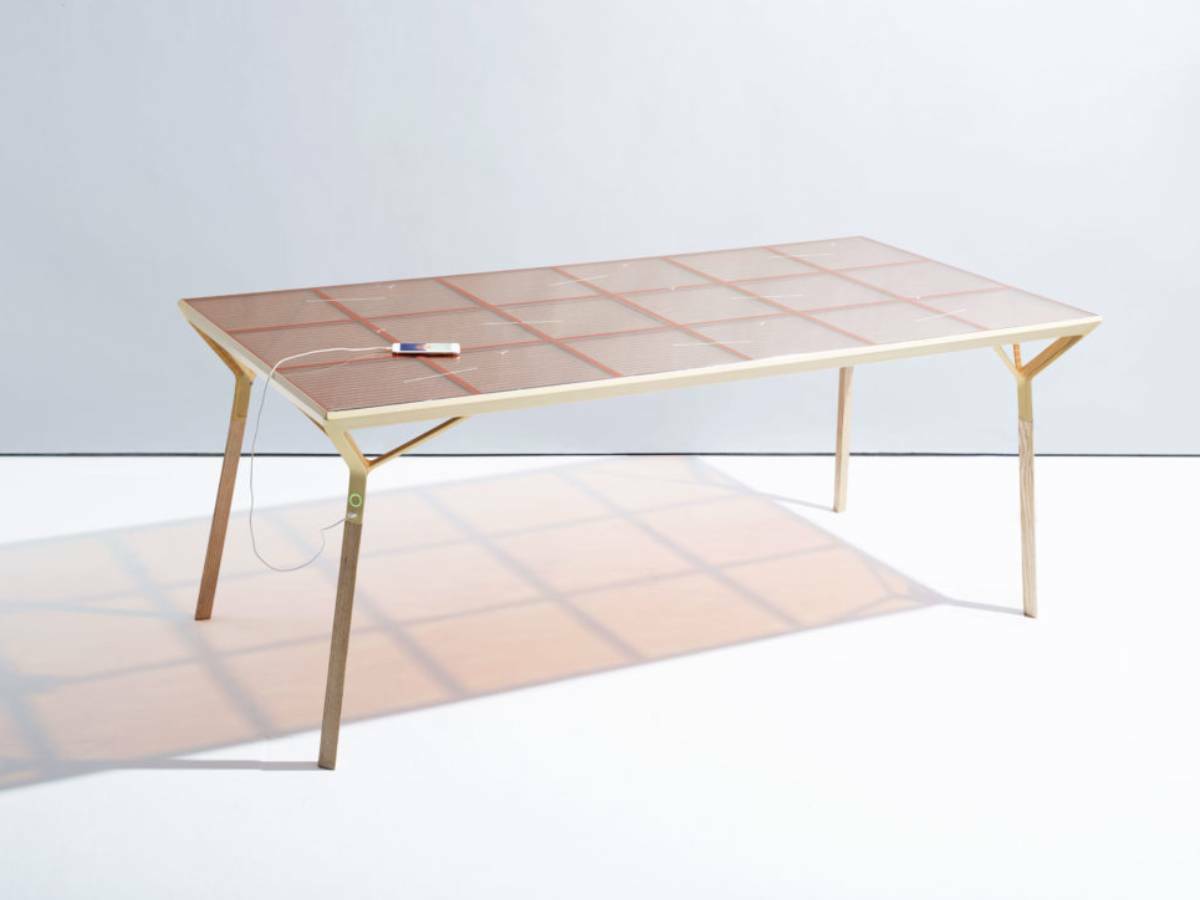
Tables that charge your phone are nothing new, but designer Marjan van Aubel has made one that’s self-sustaining with solar power. She wants all surfaces in the home to feature solar panels; see her latest crowdfunder for a solar light, Sunne.
WakeCup Bottle (£25)
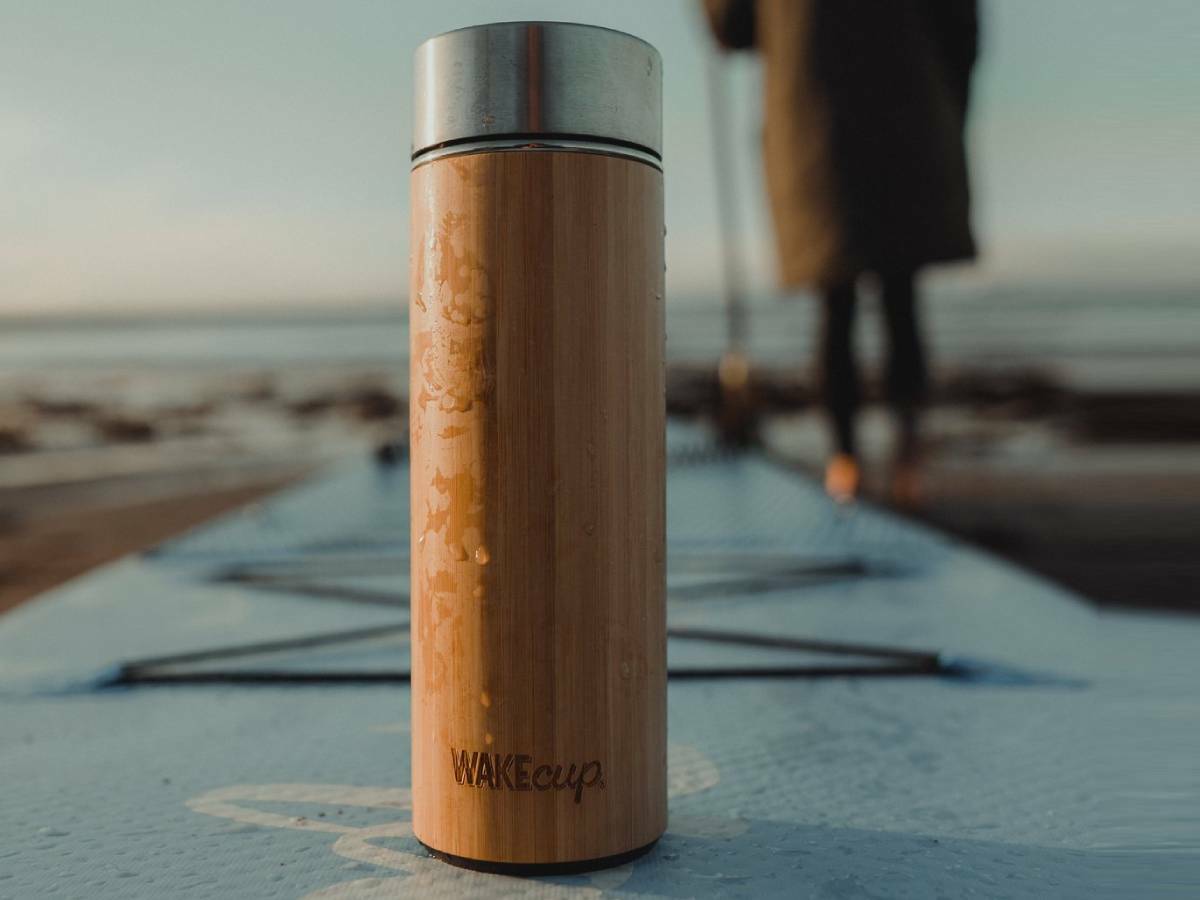
We’re about to embark on beers in the park, so keeping the cold ones cold (and the hot tea hot when the reality of Britain’s climate kicks in) will be easier with this thermometer-packing bottle. It’s sustainable bamboo, and 10% of profits go to the Marine Conservation Society.


